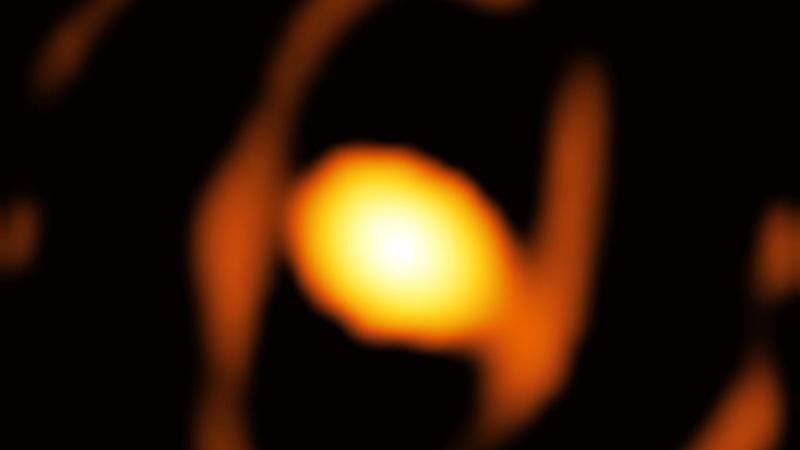
Van Allen Belt
Van Allen Belt is a region of intense radiation surrounding the Earth, extending from an altitude of about 500 to 58,000 km. It is named after James Van Allen, who discovered it in 1958 using data obtained by the Explorer 1 satellite. The Van Allen Belt is composed of two distinct regions: the inner belt, which is made up of high-energy protons, and the outer belt, which is composed of high-energy electrons. The radiation in the Van Allen Belt is a result of the interaction between the Earth's magnetic field and charged particles from the solar wind. The Van Allen Belt poses a significant hazard to spacecraft and astronauts, as exposure to the high levels of radiation can cause damage to electronic equipment and harm living organisms.
Your Previous Searches
Random Picks
- Congestion Control: Congestion control is a technique used in space and astronautical engineering to manage the flow of data in a network or communication system to prevent congestion and ensure efficient use of available resources. Congestion can occur when t ... Read More >>
- Map Projection: Map projection is the process of transforming the three-dimensional surface of the Earth onto a two-dimensional plane. This is necessary because it is impossible to represent the entire surface of the Earth on a flat map without some form o ... Read More >>
- Digital Signal: In space and astronautical engineering, a digital signal refers to a signal that is represented by a sequence of discrete values. These values are typically binary, meaning they can only take on two possible states (0 or 1). Digital signals ... Read More >>
Top News

Archaeologists discover 4,000-year-old canals used to fish by predecessors of an...
Using drones and Google Earth imagery, archaeologists have discovered a 4,000-year-old network of earthen canals in what’s now Belize...
News Source: ABC News on 2024-11-22

First close-up image of a star beyond our galaxy may reveal impending supernova...
Astronomers have taken the first close-up image of a star beyond our galaxy, and it’s a “monster star” surrounded by a cocoon as it slowly dies....
News Source: CNN on 2024-11-21

Bestselling author explains the science of happiness: "You can do the work"...
Bestselling author and Harvard professor Arthur Brooks opens up about how enjoyment, satisfaction and meaning in life can increase a person's wellbeing....
News Source: CBS News on 2024-11-18

November's full moon, known as the Beaver Moon, is the last supermoon of 2024. H...
November's full moon, known as the Beaver Moon, is the last supermoon of 2024. Here's when it peaks and why it's called the Beaver Moon....
News Source: CBS News on 2024-11-15

You can't put a price on the sense of awe particle physics inspires...
Astronomy and particle physics are no longer seen as vital by the US establishment, so funding has fallen. But our work creates a sense of wonder, and wonder matters, says Chanda Prescod-Weinstein...
News Source: New Scientist on 2024-11-13